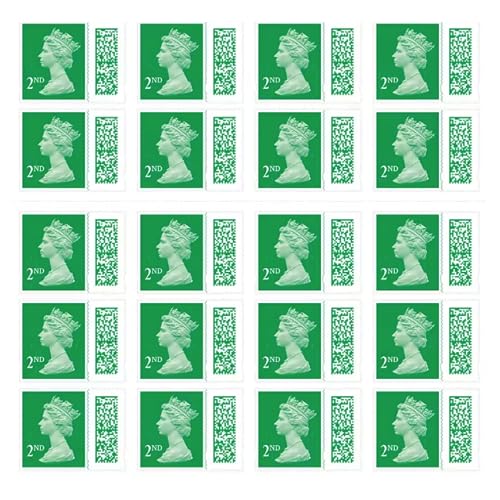The Art and Science of Designing Postage Stamps
Postage stamps are more than just tiny adhesive pieces of paper used for mailing letters and packages. They are works of art that represent a country’s history, culture, and identity. Designing a postage stamp is a meticulous process that involves balancing both the aesthetic and functional aspects of the stamp. In this article, we will explore the art and science of designing postage stamps.
Step 1: Conceptualization
Every stamp design begins with a concept. The designer has to come up with an idea that represents the theme of the stamp. It could be anything from a famous landmark, a cultural festival, a national hero, or an endangered species. The concept has to be both visually appealing and historically accurate.
Step 2: Sketching and Layout Design
Once the concept is finalized, the designer starts sketching various shapes, colors, and typography options. They explore different angles and perspectives to come up with a design that perfectly balances visual appeal and legibility. The sketching process is followed by the layout design, where the rough sketches are turned into a digital format. The final design has to meet specific size and format guidelines set out by the postal service of the country.
Step 3: Approval and Testing
Before the final design is sent for printing, it has to go through a series of approvals and tests. The design is reviewed by a team of experts to ensure that it accurately represents the theme and is appropriate for the intended audience. The design is also tested for functionality, such as its ability to withstand moisture, heat, and cold temperatures, its adhesive strength, and its durability during transportation and handling.
Step 4: Printing and Distribution
Once the design has been approved and tested, it is sent to a printing company that specializes in producing postage stamps. The stamps are printed on special paper and using a variety of printing techniques to create the desired effect. Once the stamps are printed, they are distributed to designated post offices across the country and made available for purchase to the general public.
Designing a postage stamp is a blend of art and science. It requires creativity, attention to detail, and expertise in using various design software and tools. A well-designed stamp not only serves its functional purpose but also reflects the cultural and historical richness of a country.






